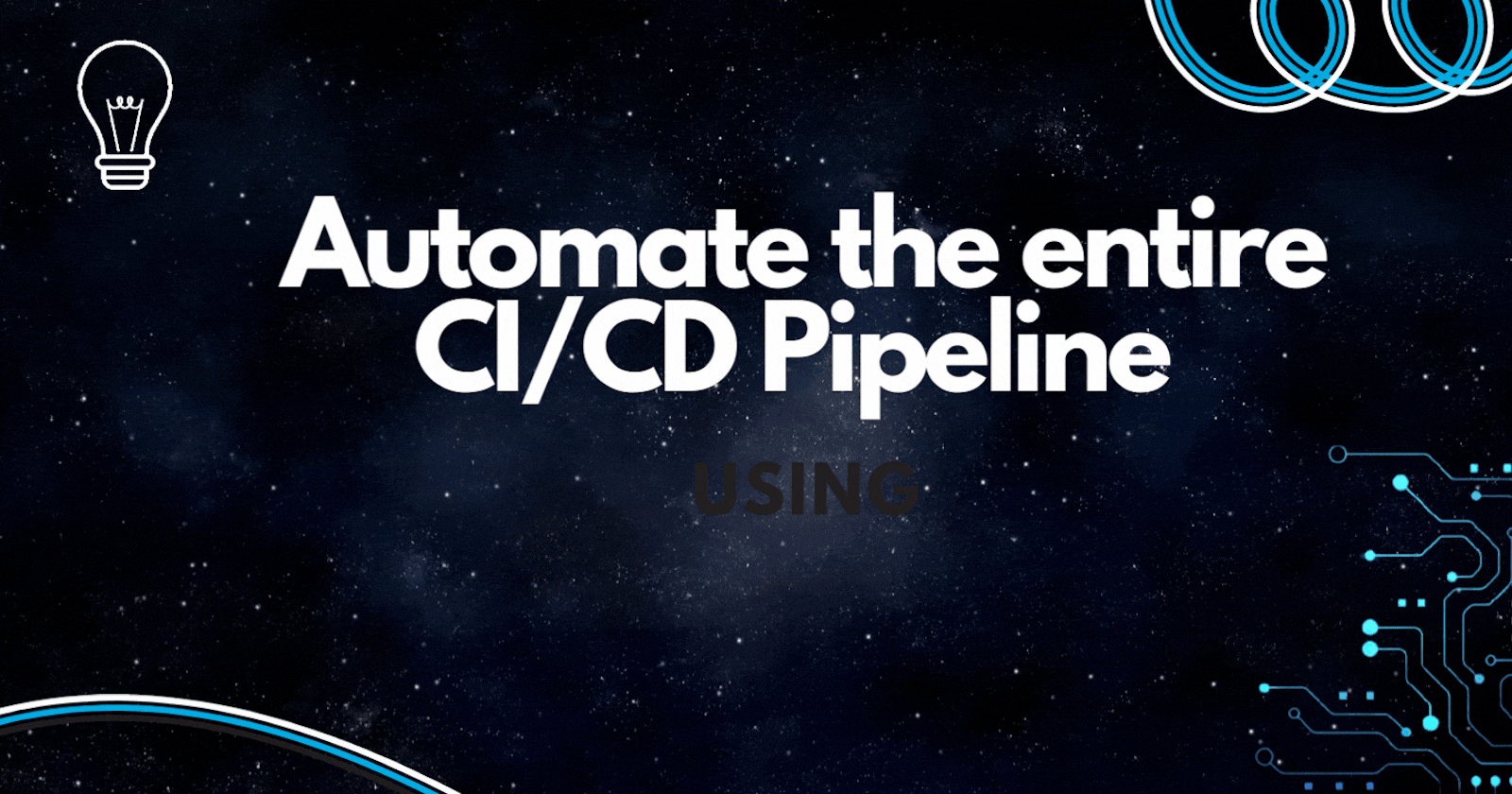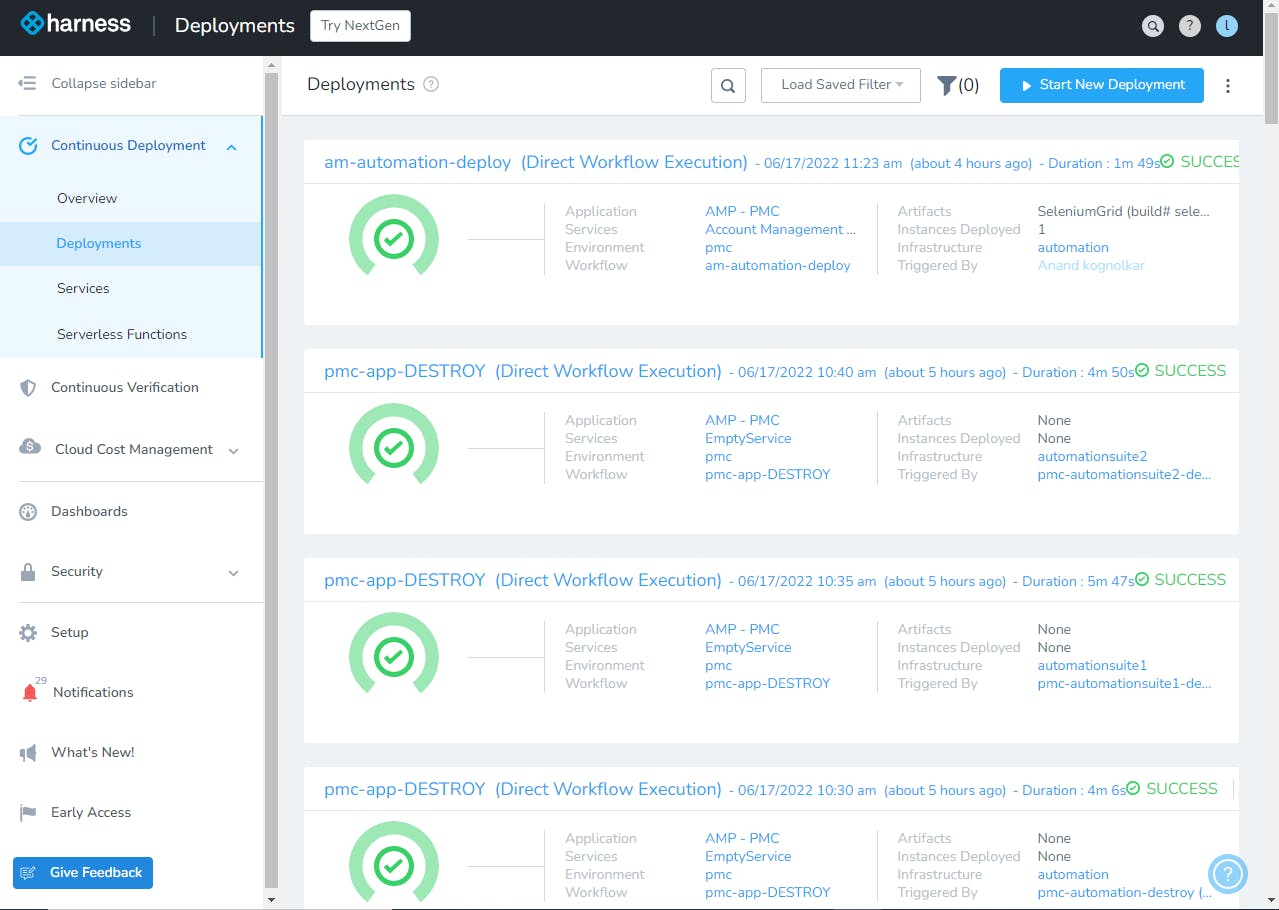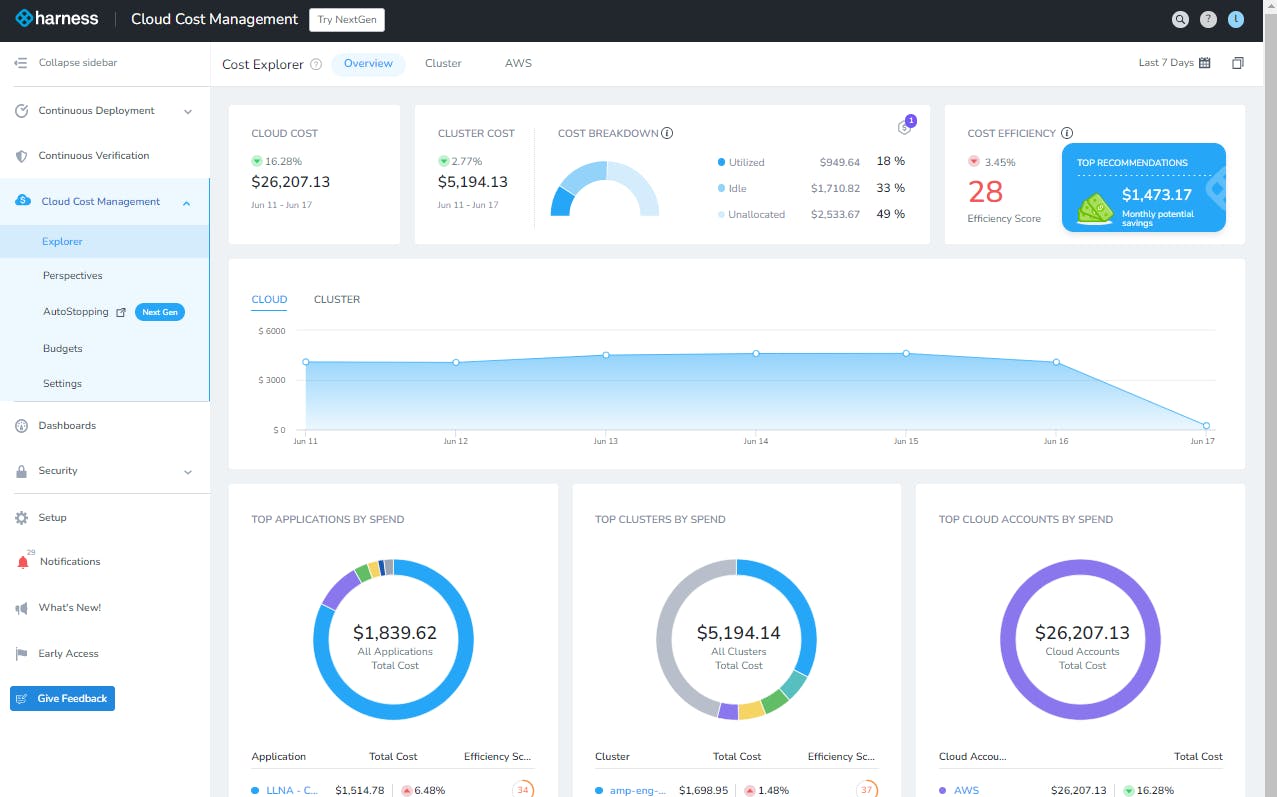
Automate the CI/CD Pipeline using Harness.io
Harness.io can be used to automate the entire CI/CD process.
Introduction
Many firms have implemented continuous integration and spent numerous hours automating scripts, but they are unable to keep up with continuous delivery, owing to the complexity of the process. In addition to the fact that CI and CD are vastly dissimilar.
Harness employs a model to define your goals rather than scripting. You do not need to write a script for the pipeline, though you can use YAML within Harness. The real benefit here is that you simply select these steps, stages, as well as every component required for the configuration file via a user-friendly interface
As part of the process, Harness performs continuous verification and includes an artificial intelligence layer to guarantee that nothing went wrong in terms of quality, security and performance.
Harness Solutions
Harness.io is a tool that used to be part of the CD category and has since grown to include four main products. It is now a CI/CD platform that can be used to build and ship code while progressively innovating and adding new features.
Continuous Delivery
CD is Harness primary solution. As they have stated Harness CD is a Self-Service Continuous Delivery module that allows engineers to deploy on-demand without the use of scripts, plugins, version dependencies, toil, downtime, or frustration.

Continuous Integration
The first step towards automating your software delivery is continuous integration. Drone Ci is Harness' open source platform for automating software development and testing. Committing the code to a repository triggers the Drone CI.
Cloud Cost Management
Control and cost management over your workload.
 These are some of its key features.
These are some of its key features.
- Cost Transparency Valuable insights into the used, idle, and unallocated resources in your workloads and clusters.
- Optimization Lowering your overall cloud spend by identifying mishandled resources and eliminating waste.
- Governance and Reporting Keep track of your budget use with reports and alerts at key stages.
Feature Flags
Feature flags are a way to test major updates before they are released. Because you can validate the functionality in the real world, development teams can add a new level of confidence when building a new feature.
The Workflow
What is an Artifact?
Artifact is an unintended consequence of the software development process. It could include the project source code, dependencies, binaries, or resources, and it could be expressed in a different ways based on the technology. An AMI, a Docker image, or a JAR file are all examples of Artifcats.
In another sense, It is simply a collection of various code files of your application contained within a single portable file called an Artifact.
When harnessing, the common workflow is as follows:
- Use the CI module to create an artifact.
- Once artifact has been created, deploy it to the CD task.
- When running on a specific infrastructure, the developer can use Feature Flags to enable and disable specific functionality.
- Continuous cost management monitoring using Harness Cloud Cost Management.
Final Note
As large corporations already have their own DevOps cycle in place.
Harness is an excellent option to consider for businesses just getting started in the DevOps space and aiming to increase their agility.
Are you aware that Harness is a viable option for you?
